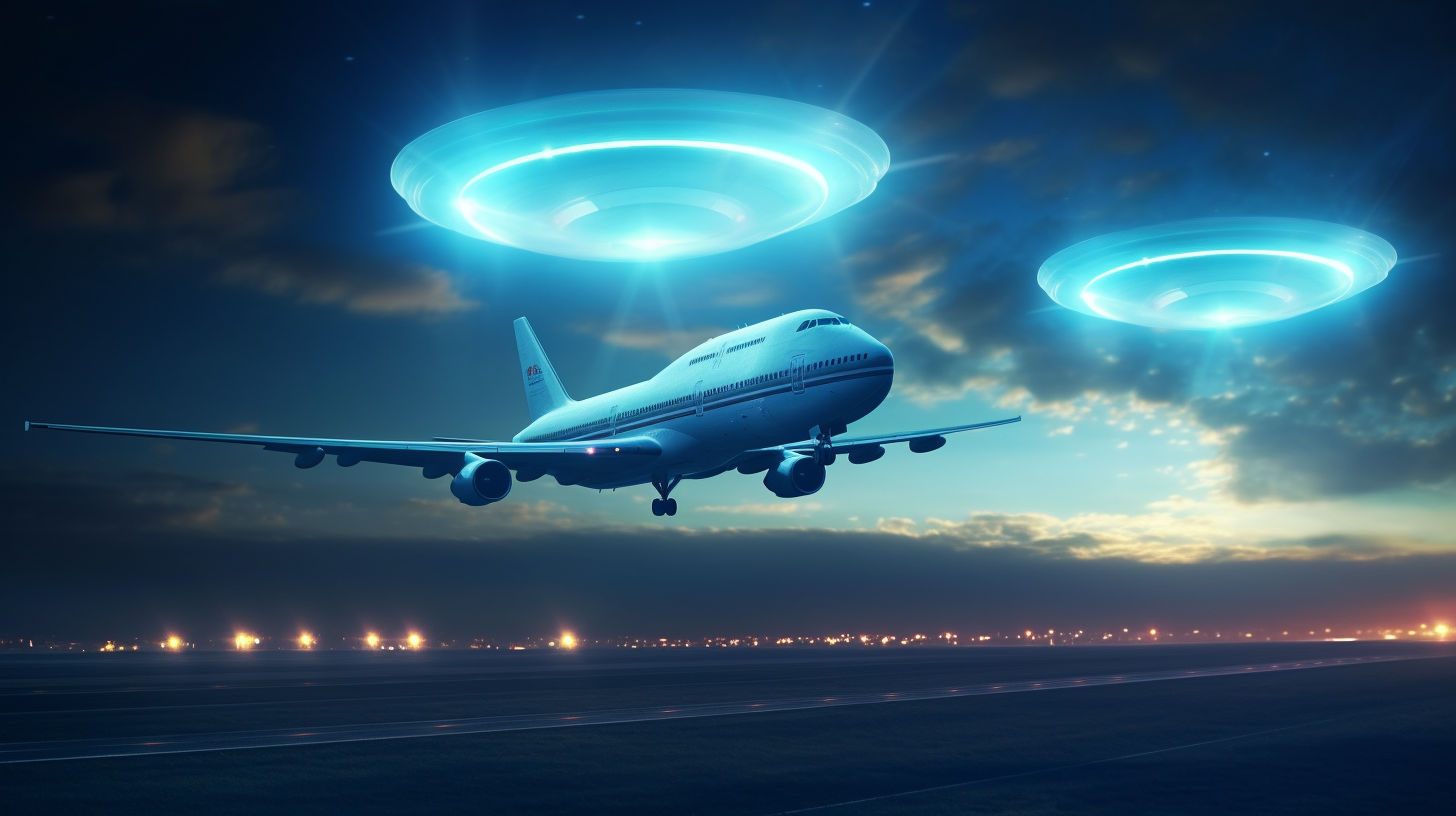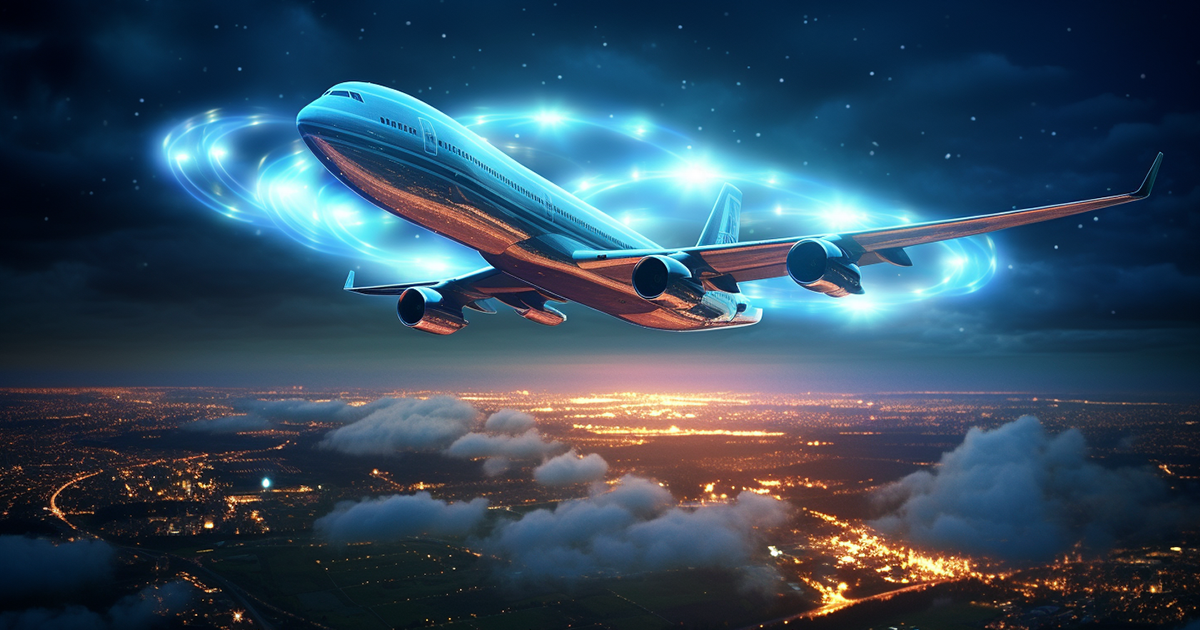On November 17, 1986, during a routine cargo flight from Paris to Tokyo, something extraordinary happened that etched itself into aviation history. Japan Airlines Flight 1628, led by Captain Kenju Terauchi, a seasoned pilot with a fighter pilot background and over 10,000 flight hours, found itself in a perplexing situation as it approached Anchorage.
Darkness blanketed the skies as Captain Terauchi spotted two peculiar lights through his cockpit window. These were not your typical lights; they performed unusual maneuvers, dancing in sync, one above the other, before positioning themselves right in front of the aircraft. Traveling at around 500 mph in a Boeing 747, Terauchi observed oval-shaped objects emitting intense light, coming dangerously close to his plane, flooding the cockpit with brightness.

Rather than ignoring the situation, Captain Terauchi promptly contacted the Anchorage Air Traffic Control Center to identify these mysterious entities. In a scenario straight out of a science fiction flick, the two unidentified flying objects (UFOs) suddenly disappeared, swapped out for a colossal object of remarkable proportions. Terauchi described it as a “giant spaceship,” potentially as massive as two aircraft carriers combined, persistently tailing the 747.
Things escalated rapidly when the North American Aerospace Defense Command (NORAD) at Elmendorf Air Force Base in Anchorage confirmed a massive unidentified object on their radar. Despite Air Traffic Control advising Terauchi to maneuver evasively, descending to 4,000 ft above sea level, the object continued its pursuit. Another commercial flight was redirected to the area to validate the sighting, but upon arrival, the UFO had vanished into thin air.
The evidence supporting this incident is substantial, with testimonies from the flight crew, radar data, and recorded communications all aligning to paint a vivid picture of the encounter. Following landing, the crew underwent immediate debriefing by Federal Aviation Administration (FAA) officials and other relevant bodies. Despite the thorough investigations and detailed documentation, the incident remains enveloped in mystery, lacking a definitive explanation.
Frustrated by the absence of answers, Captain Terauchi publicly expressed his belief in December 1986 that the crafts were of extraterrestrial origin, leading to Japan Airlines reassigning him to a desk position. The case attracted the attention of John Callahan, the FAA’s Division Chief of Accidents and Investigations, culminating in a high-profile meeting in Washington, D.C., attended by representatives from the FBI, CIA, and President Reagan’s White House. Shockingly, at the meeting’s end, an alleged CIA agent claimed the gathering never occurred, ordering the confiscation of all presented data.
While this incident does not offer concrete proof of extraterrestrial existence, it undeniably raises intriguing questions about what may be roaming our skies. The combination of a seasoned pilot’s account, backed by radar evidence, and the involvement of governmental bodies invites contemplation on the uncharted realms beyond our current comprehension.
